Monday, July 22, Hearing 52
This day the hearing continued with the testimony of the witness María Marcos. The witness pointed out that when the soldiers burned her house in Pexla, she was with three of her daughters, a baby, an 11 year old, and a 14 year old. Ana, the 11-year-old died and her remains were found that same day.
Although the witness was also wounded in the head that day, she managed to flee: “I am always sick “because of too much sadness, grief, and anguish that we went through” she stated.
Later, Alma Nydia Vásquez Almazán, a laboratory forensic anthropologist who collaborates with the Guatemalan Forensic Anthropology Foundation (FAFG) since 2001 to date, ratified her March 2010 expert reports.
FGER and ODHAG, highlight from the conclusions that in one of the expert reports of the events that occurred in the village Pexla Grande, Nebaj, Quiché between 19 and 20 January 1982, bone fragments were found with evidence of thermal alteration, ie they had been burned and that by the coloration of the remains possibly when they were still alive. Most of the bones were those of women and children. The archaeological findings were:
- 1 Neonate (unborn);
- 6 Infants (0 to 3);
- 7 Children (4 to 12);
- 3 Adolescents (13 to 17);
- 4 Young adults (18 to 25);
- 8 adults (26 to 49);
- 3 Elderly (over 50 years of age).
Tuesday, July 23, hearing 53
Expert witness Erick Oswaldo Duque Hernandez ratified his forensic anthropology and archeology expert reports carried out by the FAFG. We highlight the following findings according to the information synthesized by Verdad y Justicia:
Regarding the file FAFG#615, the expert explained that in this exhumation, a single skeleton was found, corresponding to the victim Francisco Brito. He was identified through the information provided by his relatives.
As for FAFG #700, the expert indicated that two skeletons of infants and one of a woman were exhumed. The expert explained that the cause of death of the victims could not be determined. However, the skeletons showed loss of bone density, a sign of malnutrition.
Regarding the file FAFG #916, the expert explained that 24 skeletons were exhumed, of which only 21 could be identified and delivered to their relatives. As for FAFG #918, the expert explained that the skeleton of a woman was exhumed, however, the cause of death could not be determined.
Regarding FAFG #923, the expert indicated that in this exhumation the body of Raymundo Santiago was found. He added that he had a gunshot wound.
Wednesday, July 24, Hearing 54
On this day, Miguel Angel Morales Reyes, who worked for CAFCA (Centro de Análisis Forense y Ciencias Aplicadas) as a forensic anthropologist expert, ratified his report presented as CAFCA #922. He told the court that they exhumed 2 Ixil people in San Gaspar Chajul, Nebaj: Elena Caba and her 9 year old son. The expert explained that the exhumation was carried out at the request of the victims’ relatives, who indicated the data to identify them and the place where the skeletons were found. The relatives also said that both victims were hanged outside their home by members of the army.
Thursday, July 25, Hearing 55
In this hearing, Mrs. Esperanza Argueta Chávez’s declaration was heard. Her testimony was recorded in advance on a CD. The witness declared that she was born at San Juan Cotzal and stated that 2 of her daughters-in-law were killed by elements of the army in the massacre of Pulay, Quiché in 1981, during the government of President Lucas. She also indicated that one of her sons was kidnapped by the army and she did not know of his whereabouts. In her account she stated that the first time the army came to her home they only searched it and that 8 days later that the soldiers returned, but on that occasion they burned her house, her cornfield and stole her animals. She indicated that although she was washing her clothes at the time, it was a neighbor who called her and observed what the soldiers had done to her home and those of her neighbors. For this reason she went to her sister’s house and then moved to the coast to work on the San Isidro farm, where she worked planting and harvesting corn and coffee. She asked the judge for justice for her relatives.
Report based on on-site observation of the case, summaries from Verdad y Justicia and FGER
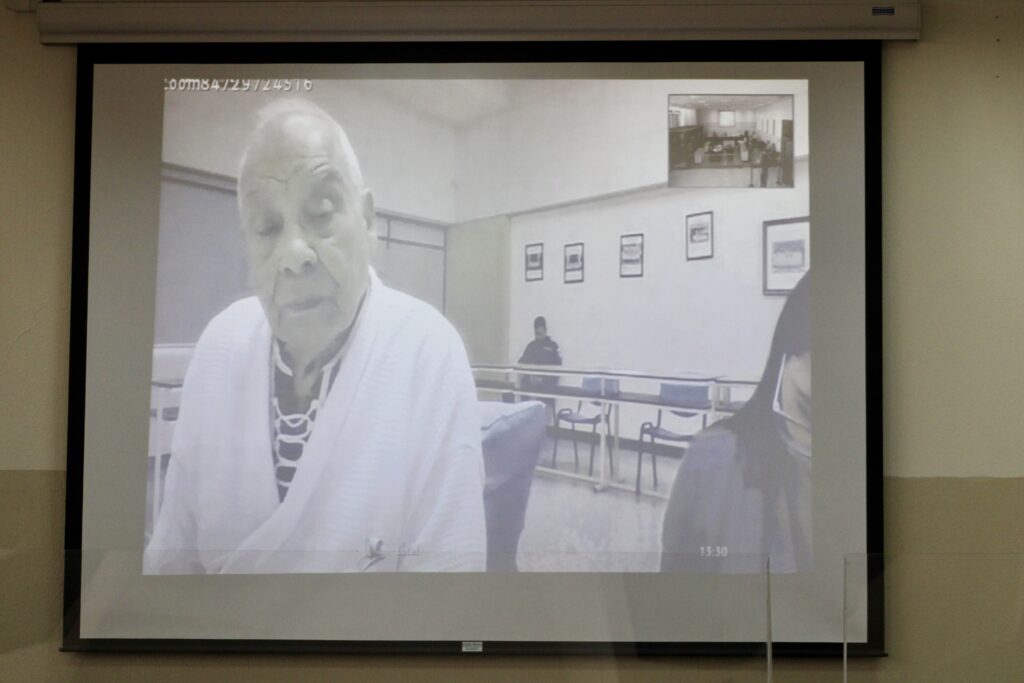
The accused, Benedicto Lucas Garcia follows the trial from the Military Hospital. Credit NISGUA

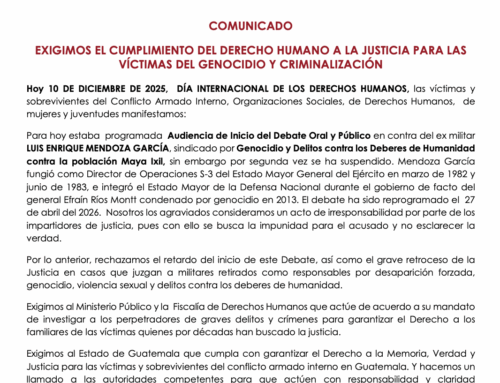
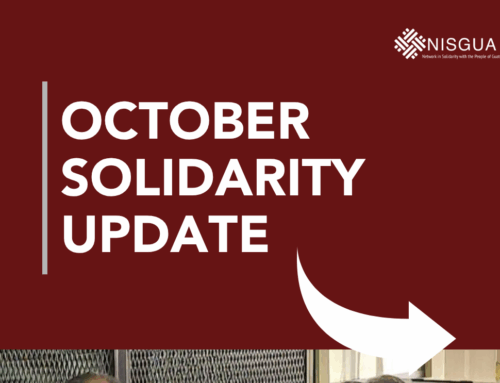
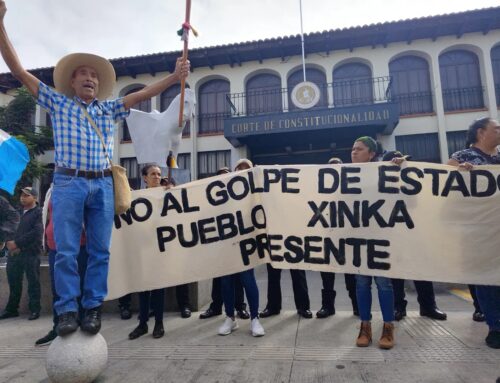
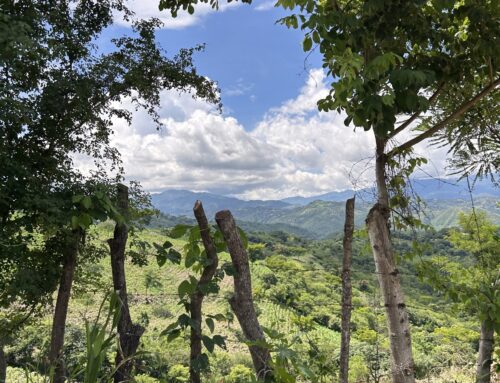
Leave A Comment